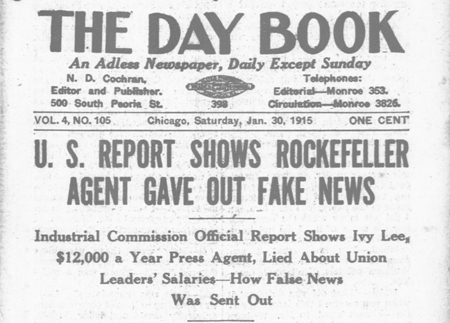Timely Connections: Fake News & Civic Reasoning
Practicing primary source analysis helps students develop historical thinking skills that also happen to be very important civic literacy skills. In an article from the Fall 2017 issue of American Educator, Stanford History Education Group (SHEG) provides assessments of online civic reasoning and tips for going beyond identifying news as “fake” or “real” to understanding where information comes from and who is behind it. Social studies consultant and History Tech blogger Glenn Wiebe provides some historical insight into fake news and strategies for helping students to combat it. For ASCD, Erik Palmer provides advice on considering bias in the November, 2017 issue of: Educational Leadership November 2017: Citizens in the Making. Edutopia talks about the future of Fake News. TPS-Barat provides a link to an archived article from the Library of Congress Teaching with Primary Sources (TPS) program by SHEG founder Sam Wineburg on how to think like a historian and guiding questions for analyzing different types of primary sources. Speak your mind and let us know: How prepared are your students to evaluate sources and reason civically?
- The Challenge That’s Bigger Than Fake News: Civic Reasoning in a Social Media Environment American Educator Fall 2017, American Federation of Teachers
- 6 strategies your students can use to combat fake news History Tech June 15, 2017
- The Real Problem with Fake News Educational Leadership, November 2017, publisher ASCD (formerly the Association for Supervision and Curriculum Development)
- The Future of Fake News Edutopia December 12, 2017
- Thinking Like a Historian TPS Quarterly Winter 2010
- Civic Online Reasoning Stanford History Education Group
Guiding Questions for Analyzing Primary Sources

